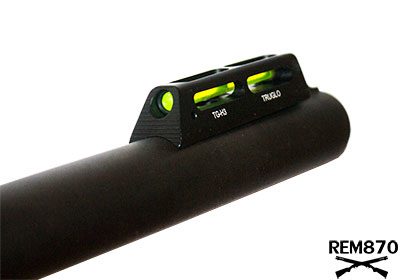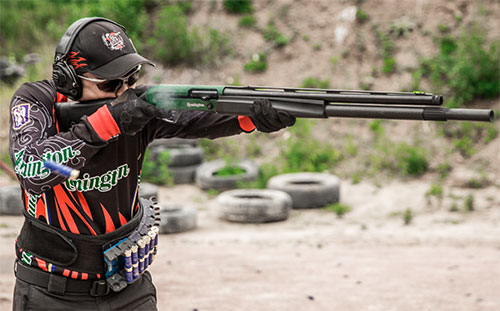Transitioning From One Target to Another While Firing
You may be faced at some point with multiple targets, multiple targets that are shooting back at you. Most firing ranges are set up so you only focus on one target at a time unless it is a specialized training facility. You fire, the buzzer goes off and you bench your weapon, it is synchronized to some extent, firefights are not. Therefore, most shooters focus on becoming proficient while shooting at one target in a controlled environment.
Once the gunfight has started, you simply do not have time to “prepare” so many of the basic skills you have learned such as stance, breathing control, and trigger control and so on go out the window. You are taking fire from multiple shooters and you can only seek cover if you have not trained to transition from one target to another.
You may very well be moving while engaging targets, so your head and eyes have to lead the way. Decisions have to be made as to what is the greater threat. You have two shooters, and you must be able to decide which one to neutralize first. Common sense tells you to fire at the target you feel you can hit, but the second shooter may be closer but is not in your sight picture, and poses a greater threat to you. This means you have to transition from one target to another.
If you have a scoped rifle, and are moving laterally to a target you will have to raise your eyes from the scope. You have to keep eyes on the target and you will get tunnel vision if you try to maintain a scope on the target. You will have to practice bringing your eyes to the target and then bringing the weapon and body in line. Keeping your stance is important so this means you have the weapon positioned as if you are firing at a stationary target and all it takes is a repositioning to engage the second target. The weapon is stabilized and in position so you fire at one target and your eyes and head find the other and the weapon follows.
It is important you shoot with both eyes open because otherwise you lose your peripheral vision. You need to be able to track multiple targets so make sure you have mastered shooting with both eyes open. Shooters tend to close the weak eye and this takes hours of practice to overcome.
Identifying the Threat
Practicing on a firing range or gallery type range that allows pop up targets is a good training environment. In some cases, you advance along a corridor where targets pop up randomly, and you have to decide if they are friend or foe. Multiple targets may pop up and both are foe, and you are timed so you must be able to identify both as a threat and neutralize the greatest threat before the target can in theory return fire. In a real life situation, your targets can emerge from anywhere and you have to be able to take down the greatest threat first and then engage the next target.




